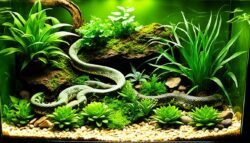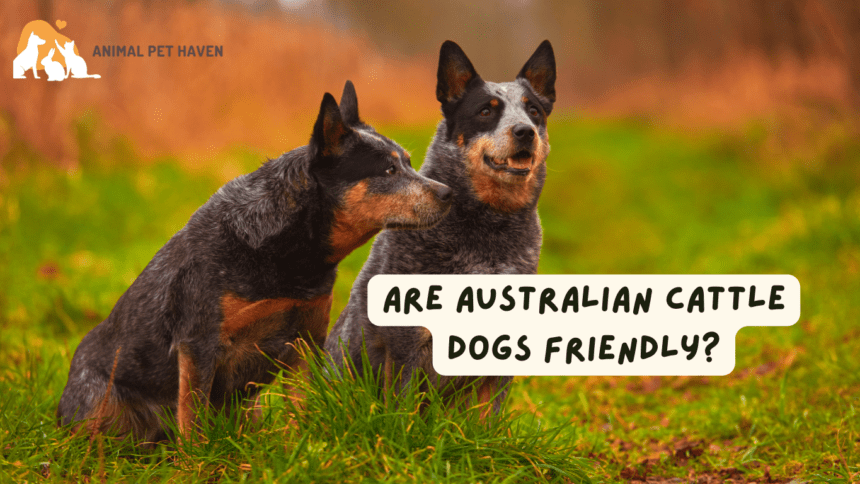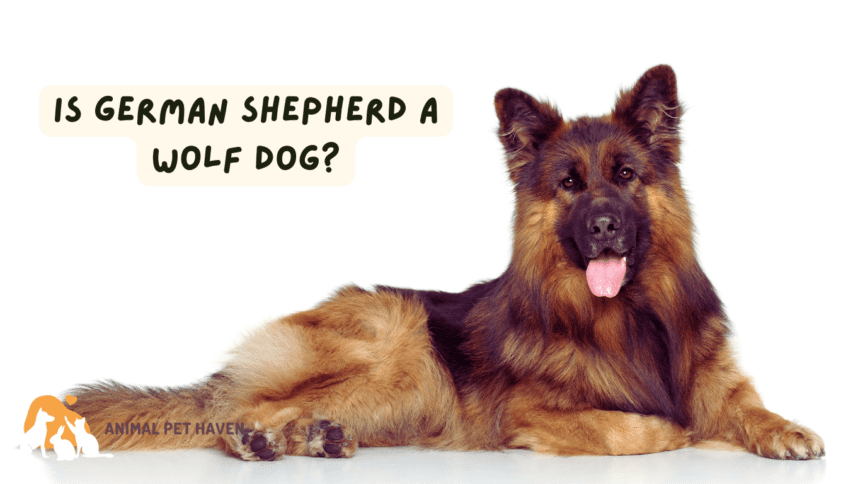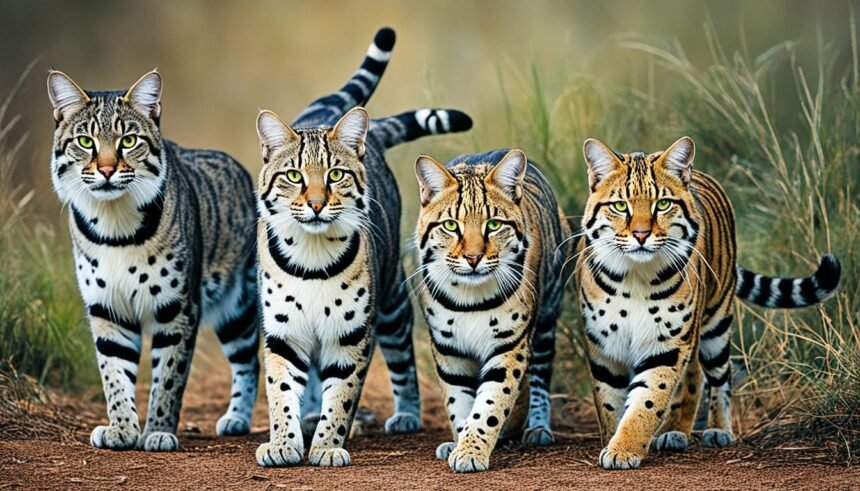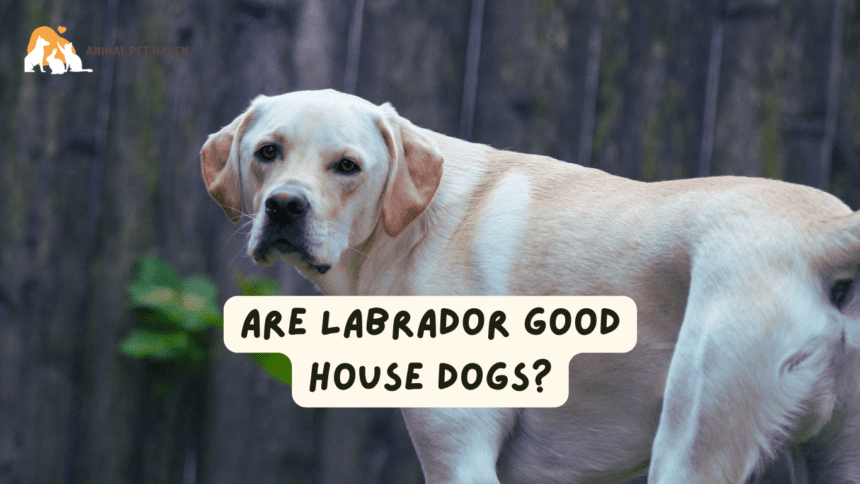Do corn snakes need to eat mammals? It’s a common question among reptile enthusiasts and pet owners alike. In this comprehensive guide, we’ll dive deep into the dietary needs of corn snakes, debunking myths and shedding light on their nutritional requirements.
From understanding their natural preferences to exploring optimal feeding practices, this post will equip you with the knowledge needed to ensure your scaly friend thrives. Whether you’re a seasoned snake keeper or new to the hobby, join us as we explore the fascinating world of corn snake care and feeding.
Understanding Corn Snake Dietary Needs
Corn snakes, primarily carnivorous, have a diet that includes a variety of prey, predominantly rodents such as mice and rats. In the wild, their diet can also encompass birds, bird eggs, and occasionally frogs and lizards.
Their preference for mammals is tied to the nutritional content these prey offer, which includes the right balance of proteins, fats, and other nutrients essential for their health. In captivity, maintaining this diet ensures they receive all necessary nutrients for growth and health.
- Primary Diet: Mice, rats
- Occasional Prey: Birds, bird eggs, frogs, lizards
Understanding these dietary needs is crucial for the health and wellbeing of corn snakes.
Natural Diet and Preferences
Corn snakes in the wild display a distinct preference for small mammals, predominantly feeding on mice and rats. These animals provide a balanced mix of proteins and fats, crucial for the snake’s nutrition.
Occasionally, their diet diversifies to include other small animals: – Birds – Bird eggs – Frogs – Lizards
This variety not only mimics their natural eating habits but also ensures a rounded intake of nutrients. In captivity, replicating this diet helps maintain the corn snake’s health and mimics their natural predatory instincts, providing both nutritional and mental benefits.
Importance of Feeding Frequency and Age Considerations
Feeding frequency is critical for corn snakes, varying significantly with age. Young hatchlings require meals every 5-7 days to support their rapid growth and development.
As they transition into juvenility, the interval extends to every 7-10 days. Adult corn snakes, however, thrive on a more spaced feeding schedule, typically every 10-21 days, depending on their individual health and activity level.
- Hatchlings: Every 5-7 days
- Juveniles: Every 7-10 days
- Adults: Every 10-21 days
Adhering to these guidelines ensures that corn snakes receive optimal nutrition without the risk of overfeeding, which is crucial for maintaining their health and longevity.
Optimal Feeding Practices for Corn Snakes
When feeding corn snakes, using pre-killed prey is safest to prevent injury from live rodents. Warm the prey to near body temperature to simulate natural conditions and trigger the snake’s feeding response.
Always feed within the snake’s enclosure to minimize stress and the risk of regurgitation. This environment is familiar to the snake, promoting a more natural and successful feeding experience.
Key points include: – Use thawed, warmed prey – Feed in the snake’s own habitat
By adhering to these practices, you ensure the safety and health of your corn snake, mimicking their natural hunting and feeding behaviors as closely as possible.
Safe Prey Handling and Preparation
When handling prey for your corn snake, hygiene and safety are paramount. Always wash your hands before and after preparing the prey to prevent the spread of bacteria.
Frozen prey should be thawed completely at room temperature and then gently warmed to near body temperature of a live rodent. This process not only makes the meal more appealing to your snake but also mimics the natural warmth of live prey, triggering a stronger feeding response.
Key points include: – Thorough hand washing before and after handling prey – Complete thawing of frozen prey – Warming prey to stimulate natural feeding behaviors
By following these steps, you ensure a safe and appealing meal for your corn snake, contributing to its overall health and well-being.
Feeding Environment and Techniques
Creating an ideal feeding environment for corn snakes is critical to their health and stress levels. Feeding them within their own enclosure is recommended as it helps prevent the stress associated with moving to a different area.
- Location: Always use the snake’s enclosure for feeding.
- Ambience: Ensure the environment is calm and quiet during feeding to mimic their natural predatory focus.
Proper feeding techniques also play a crucial role in their digestion. Offering prey that is warmed to near body temperature can enhance the snake’s natural feeding response, making the experience as natural as possible for the snake.
- Prey Temperature: Warm prey to near body temperature.
- Presentation: Use feeding tongs to offer prey, mimicking movement to trigger hunting instincts.
These practices ensure a safe and natural feeding process for corn snakes.
Health and Nutrition Management
Monitoring and adjusting your corn snake’s diet is crucial for its overall health. Overfeeding can lead to obesity and related health issues, so it’s essential to watch their weight and feeding frequency closely.
- Weight Monitoring: Regularly check if the snake appears overly round or has prominent skin folds.
- Adjust Feeding: Reduce frequency if obesity is noted.
Supplements and clean water play a pivotal role in maintaining the health of corn snakes.
- Supplements: Offer vitamin and mineral supplements occasionally to prevent nutritional deficiencies.
- Water: Always provide a bowl of clean water for hydration and occasional soaking.
By managing these aspects, you ensure your corn snake remains healthy and vibrant.
Monitoring and Adjusting Diet for Health
Proper diet management is crucial for maintaining the health of corn snakes. Monitoring their weight and feeding habits helps prevent obesity, which is a common health issue.
Adjusting the diet based on the snake’s growth and health status is essential. For instance, reducing feeding frequency may be necessary if the snake appears overweight.
- Weight Monitoring: Regular checks to assess body condition.
- Diet Adjustment: Tailoring feeding frequency and portion size based on health observations.
This proactive approach ensures that the corn snake receives optimal nutrition without the risk of overfeeding, promoting a healthy and long life.
Importance of Supplements and Water
Corn snakes, like any pets, require a well-rounded diet to thrive, which sometimes means integrating supplements into their feeding regimen. These supplements are crucial to prevent nutritional deficiencies that can lead to health problems.
- Vitamins and Minerals: Occasional supplementation ensures a balanced intake of essential nutrients that might not be fully provided by their regular diet.
Moreover, water is indispensable not just for hydration but also for physiological processes. A clean, accessible water source allows for drinking and soaking, which aids in shedding and overall health.
- Hydration and Health: Constant availability of water supports vital bodily functions and skin health.
Special Considerations in Feeding Corn Snakes
When feeding corn snakes, it’s crucial to avoid live prey to prevent potential injuries. Always opt for pre-killed, thawed rodents, ensuring they are warmed to stimulate the snake’s natural hunting instincts.
Corn snakes should not be fed insects, vegetables, or any processed meats as these do not provide the necessary nutrients. Incorrect foods can lead to health issues and a lack of feeding response.
- Avoid: Insects, vegetables, beef, pork
- Recommended: Pre-killed, thawed mice or rats
Post-feeding, minimize handling for at least 48 hours to allow digestion and reduce stress. This helps prevent regurgitation, ensuring your snake remains healthy and stress-free.
Foods to Avoid for Corn Snakes
Corn snakes have specific dietary needs, and certain foods can be harmful if included in their diet. It’s important to understand what not to feed them to avoid health complications.
- Insects: These do not provide the necessary nutrition and may be ignored by corn snakes.
- Vegetables: Completely unsuitable, as corn snakes require a carnivorous diet.
- Beef and Pork: These meats are not natural to a corn snake’s diet and can cause digestive issues.
Processed meats should also be avoided as they do not resemble anything in their natural eating habits and can be detrimental to their health. Stick to their natural prey choices to keep your snake healthy and active.
Handling and Care Post-Feeding
After feeding, it’s crucial to minimize handling your corn snake to prevent stress and potential health issues such as regurgitation. Handling should be avoided for at least 48 hours to allow the snake to digest its meal properly.
This period of limited interaction helps ensure that the snake’s digestive process is not interrupted, which is vital for its health. During this time, you can monitor the snake from a distance to check for any signs of distress without directly interacting.
Key considerations include: – Avoid Handling: No direct interaction for 48 hours post-feeding. – Monitor from a Distance: Observe for any signs of distress or discomfort.
Conclusion
Corn snakes require a diet centered around mammals like mice and rats to thrive, mimicking their natural dietary habits. Adhering to appropriate feeding frequencies and providing a safe feeding environment are crucial for their health. Remember, avoid unsuitable foods and minimize handling post-feeding to prevent stress.
Curious about more reptile care tips? Dive deeper into our blog for comprehensive guides and expert advice!




